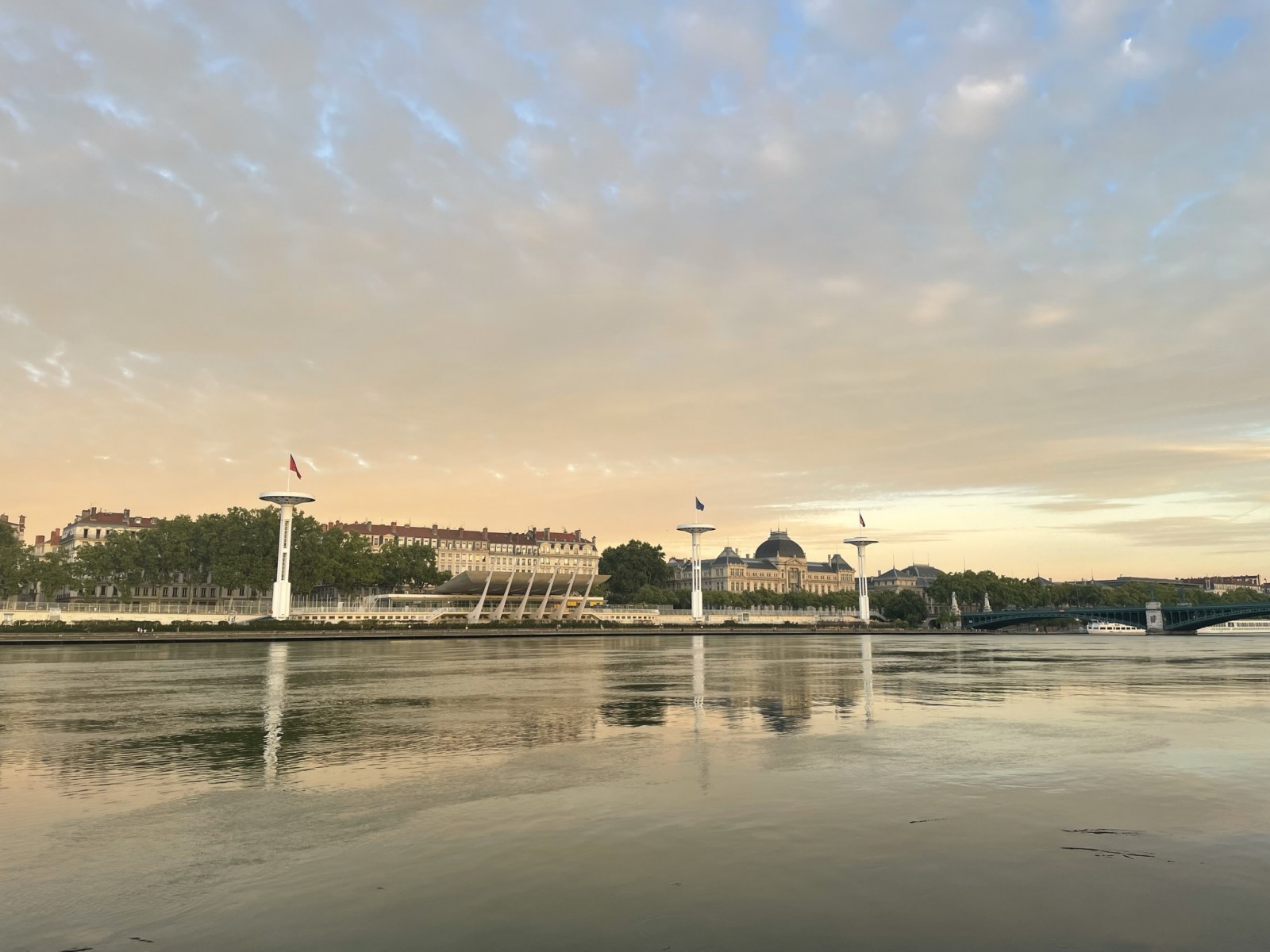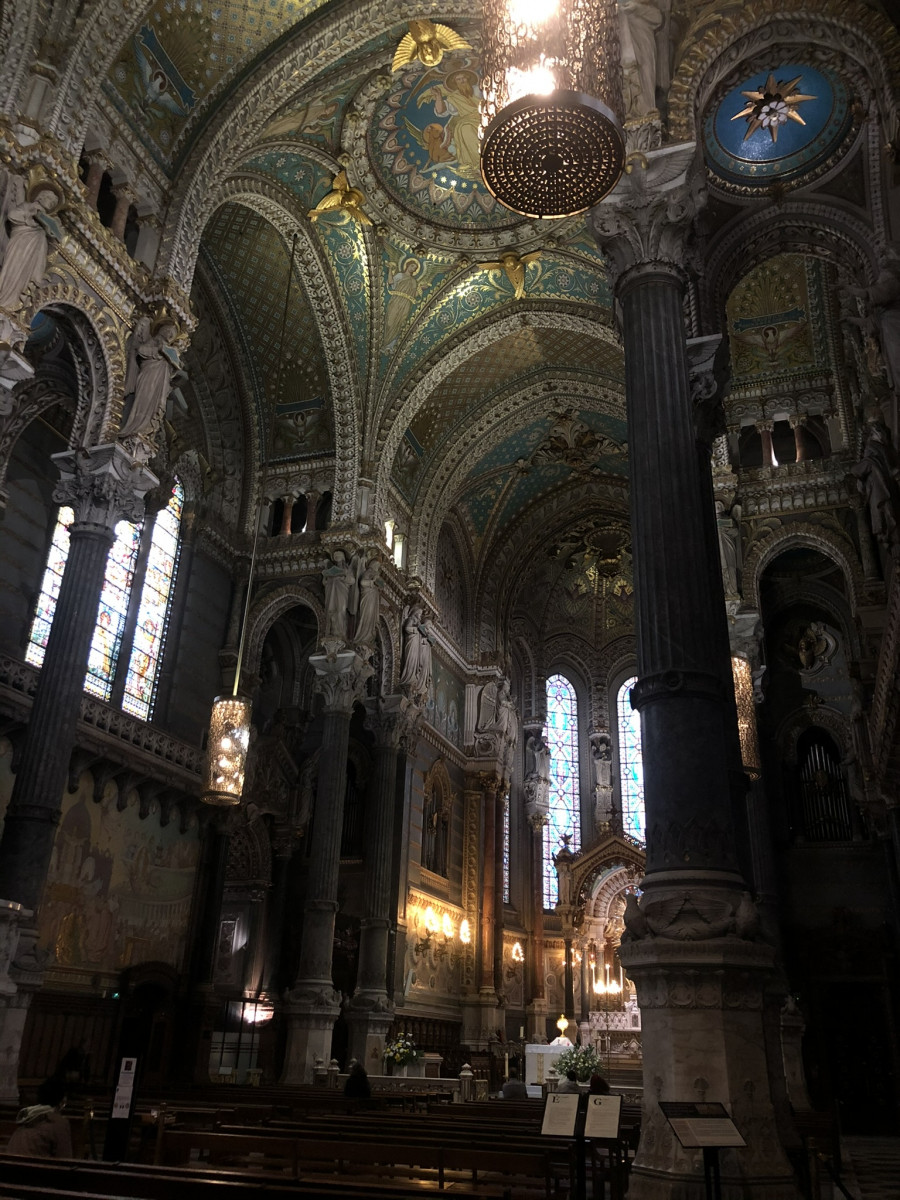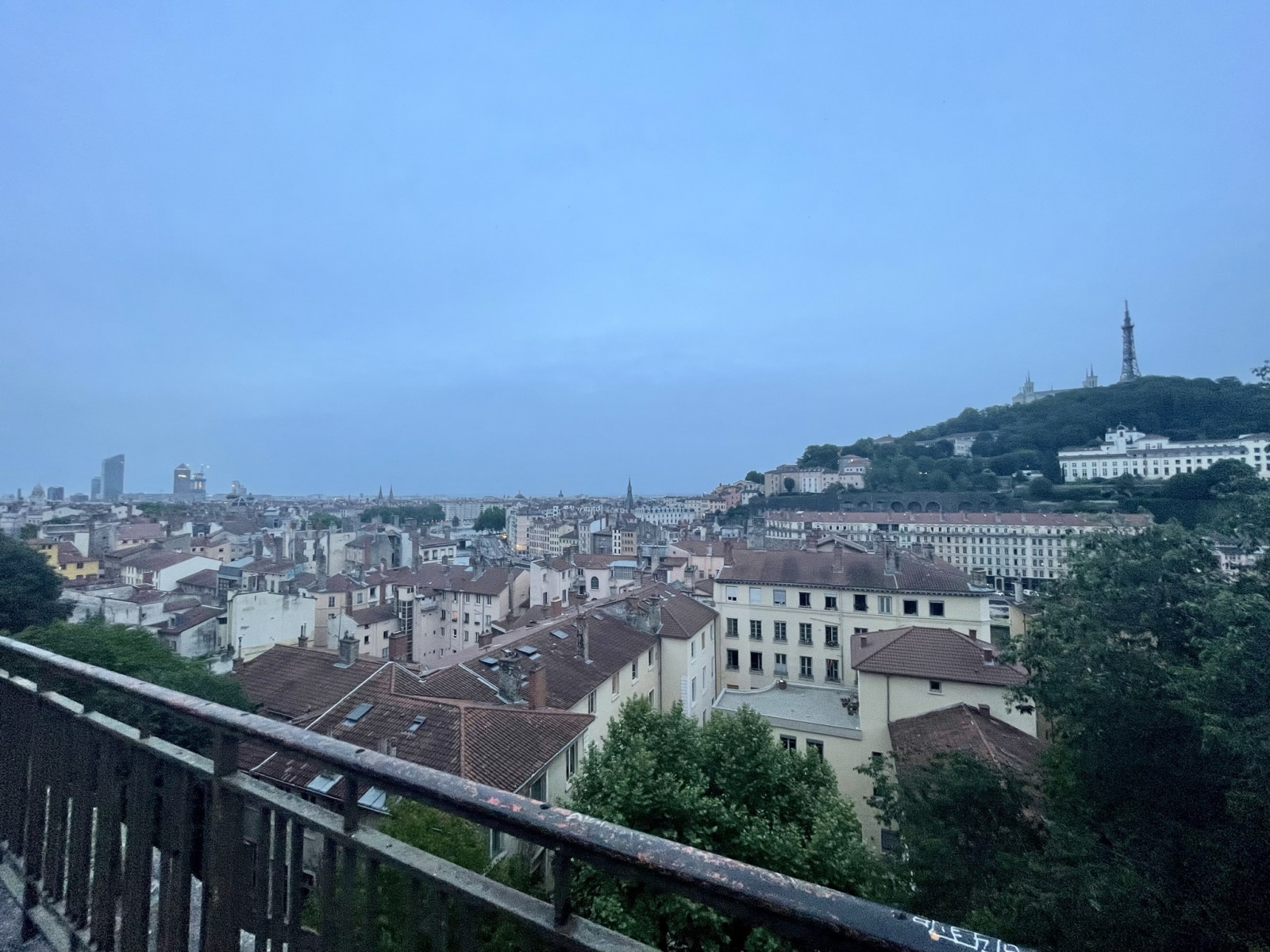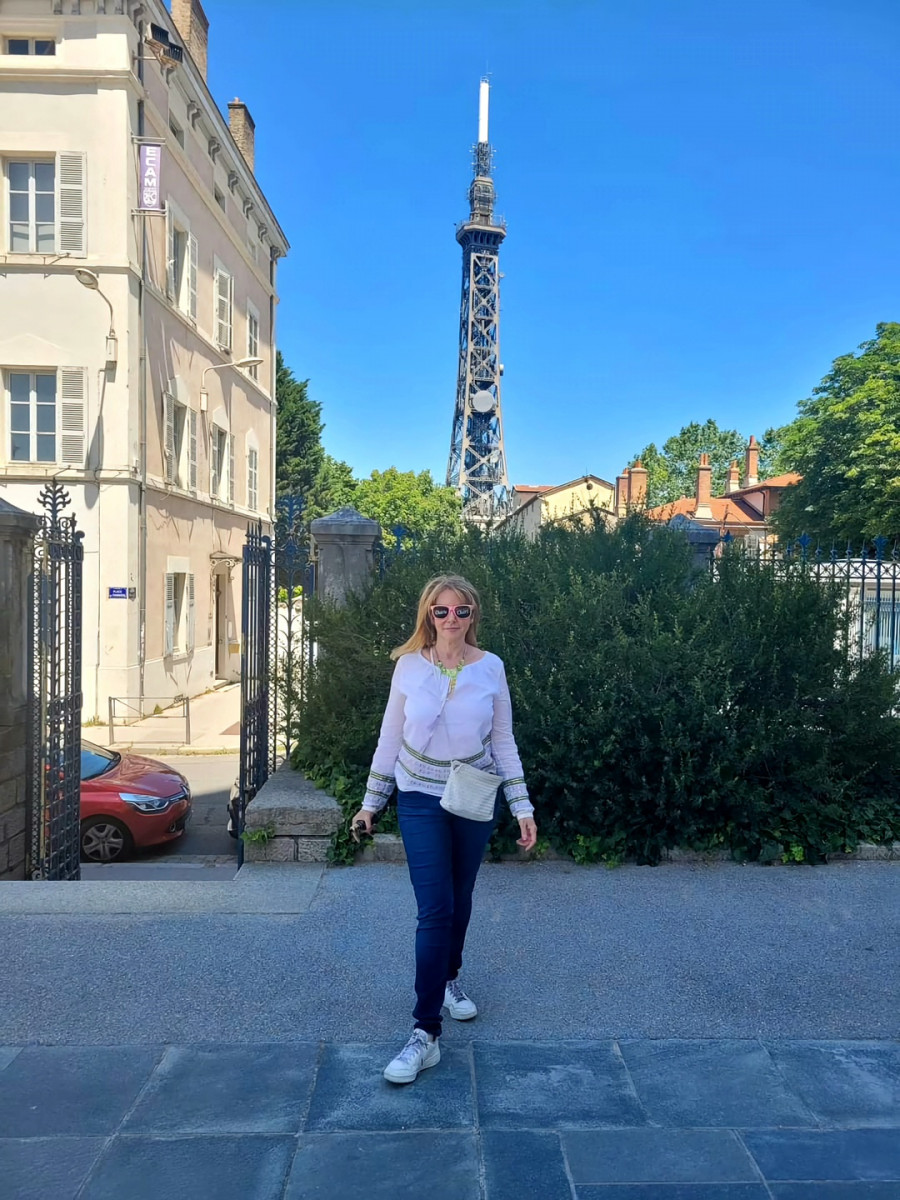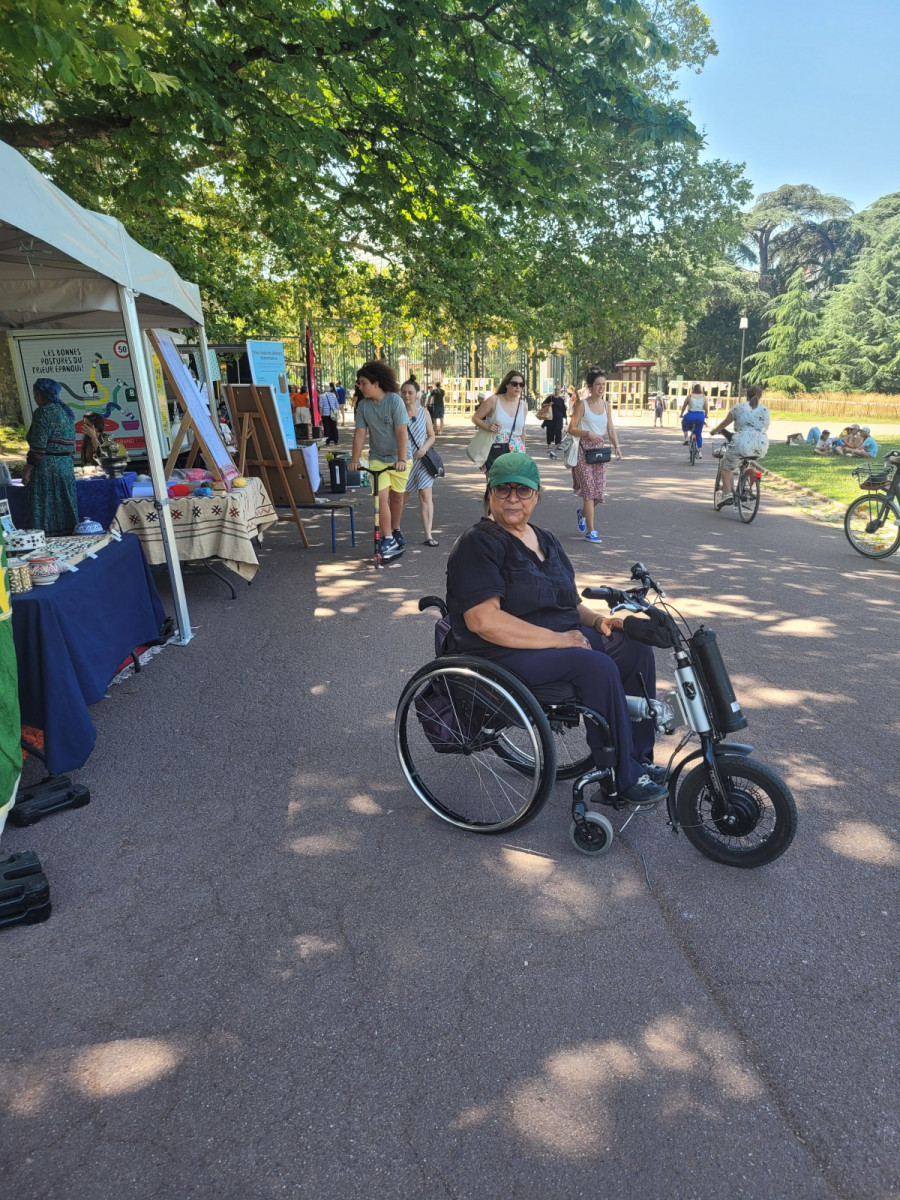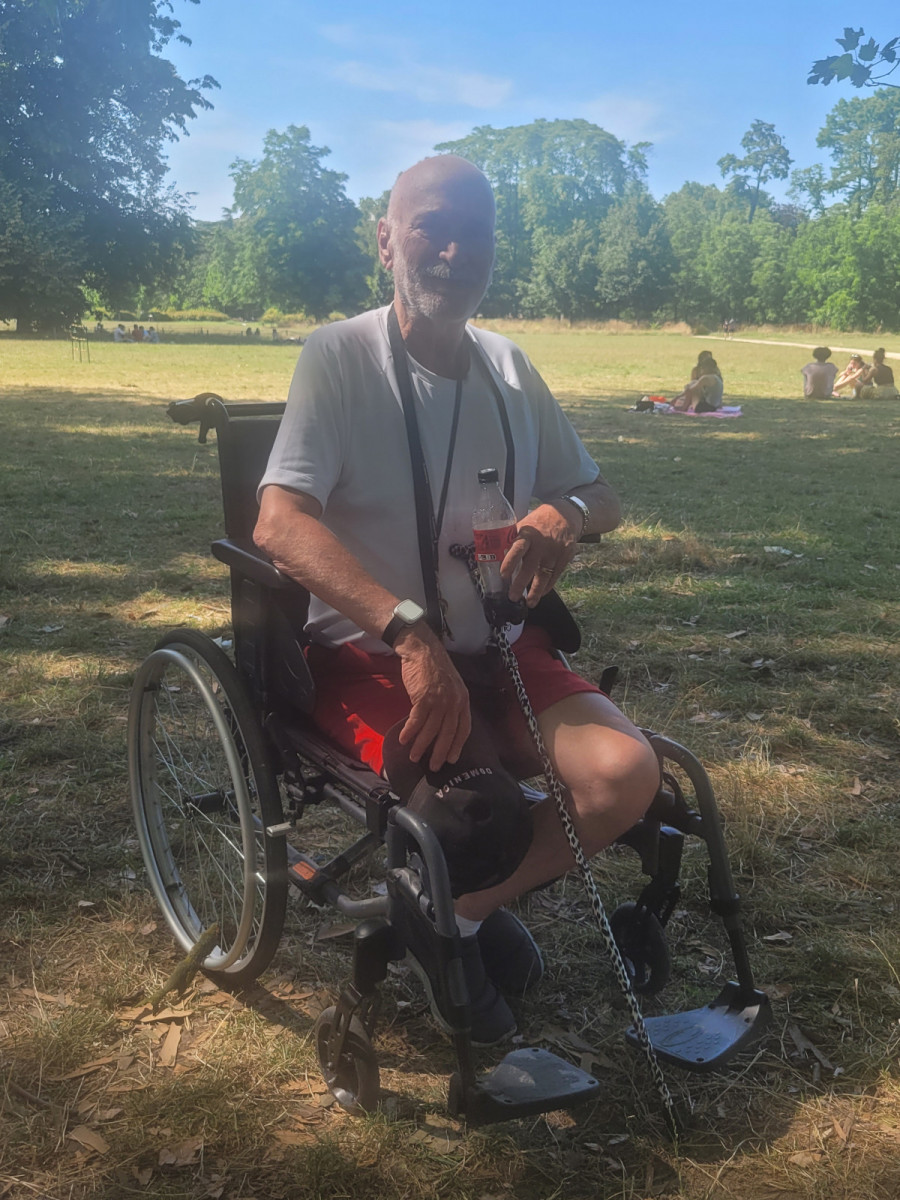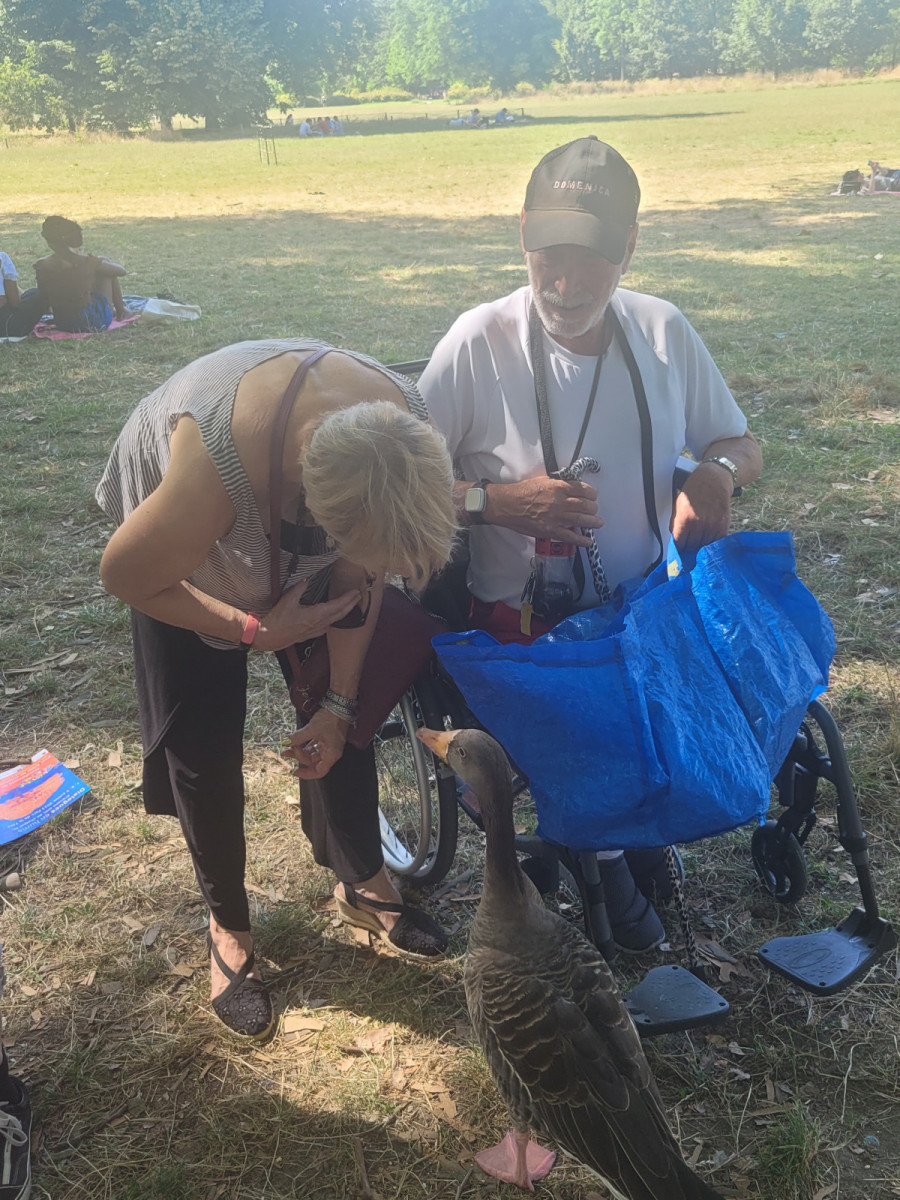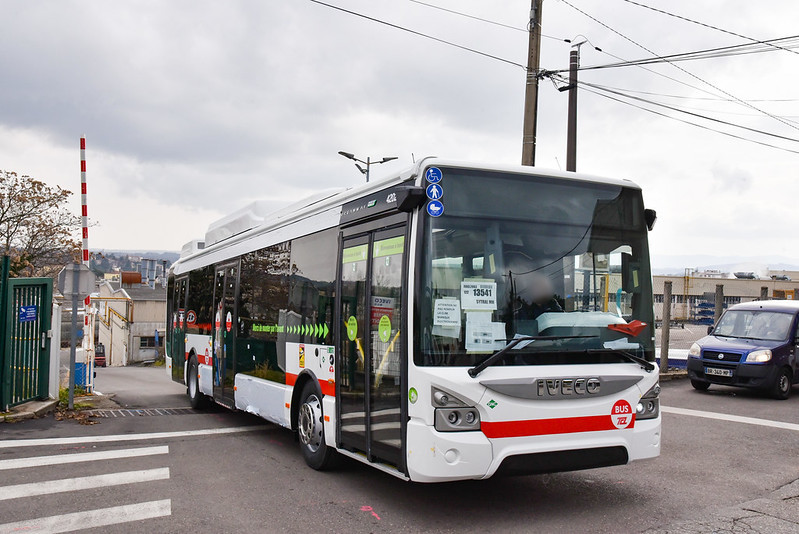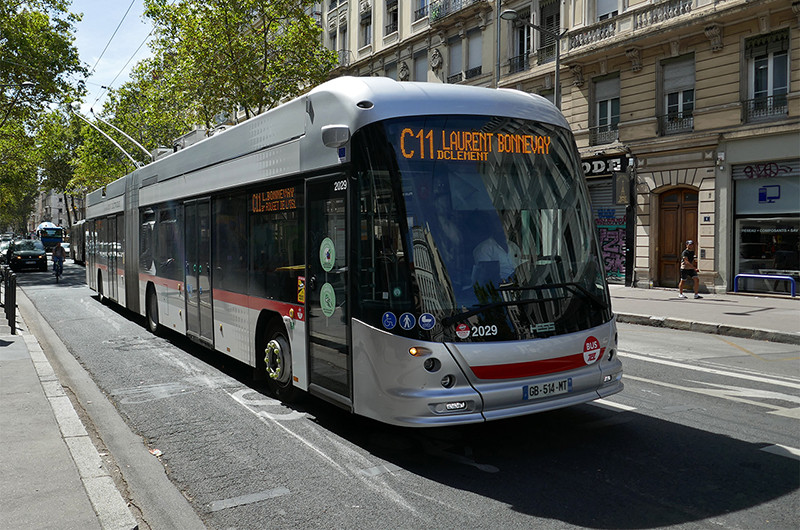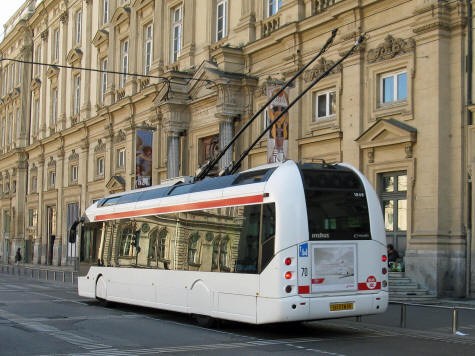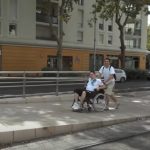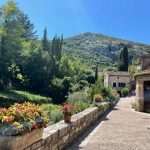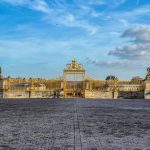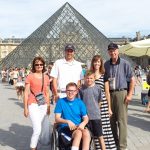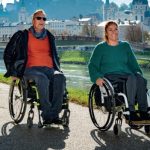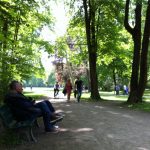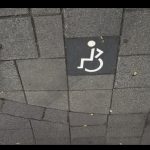Lyon is divided into nine districts or “arrondissements.” In general, the city is simultaneously easygoing and cultural and there is something for everyone ages nine to ninety. There are many remarkable museums, cruises, parks, shops, antique markets, concerts, and film and theater festivals. You will want to bring back some gifts from Lyon and get some things for yourself. There are gorgeous window shops all over the city for various businesses at various costs.
Lyon is famous for its cuisine. It has been called “the capital of gastronomy” since 1935. You will find a variety of Lyonnais meats, seafood including crayfish and tripe, local cheeses, pralines, ice cream, and macaroons. Typical small, family-owned Lyon restaurants are called the “bouchons.” The city has over four thousand restaurants where you can try salty and sweet tastings. Try the “Cousins de Lyon,” the famous specialty dessert of the city composed of chocolate and marzipan. The two famous wine regions are Beaujolais and the Rhône Valley.
Paris, The French Riviera, Provence, and Normandy are the destinations tourists usually think of when planning a trip to France, but visitors should consider traveling to Lyon, France. It does not make sense not to. What makes Lyon, France appealing is that visitors can take advantage of all the pleasures of European travel without the vast crowds of other vacationers.
Lyon delivers an enjoyable taste of French life in all its beauty. It is a cultured, cosmopolitan city. Roll through the neighborhoods or use the accessible easy-to-figure – public transportation system. A vibrant, multicultural metropolis, where the food scene is the best in France. Do not make the mistake of skipping Lyon. Bon Appetit!
Accessibility
Lyon, France is an accessible city with many ramps and wheelchair-friendly sidewalks. In 2018, Lyon was given the European Commission’s annual Access City Award, acknowledging the work done for a European city to improve the accessibility of its public services, transportation, and the arts. Lyon is creating plans for people with disabilities to access the city.
Attractions, Shopping + Dining
Start at the Place Bellecour, the largest square in Lyon and the third largest square in France, where visitors are welcomed at the ONLY LYON Tourist Office. The square is an impressive attraction with the famous equestrian statue of LOUIX XIV. The Tourist Office at Place Bellecour is designed for all visitors, including wheelchair users, and has a ramp at the entrance, a lowered reception desk, raised seating, and a free accessible toilet located behind the tourist office, open every day from 8am to 7:30pm.
Rue de la Republique located in the 1st and 2nd arrondissements is a charming, wide, pedestrian-only area lined with beautiful old buildings, a big fountain, and high-end luxury stores. Most shops are accessible and do not have steps at their doors. Shoppers can also enjoy movie theaters and cafes along this street.
Near to rue de Republique is a stunning fountain at Place des Jacobins. The Place des Jacobins is a square constructed in 1556. There are large ramps all around the fountain to access it. Rue de la République runs alongside the Grand Hôtel-Dieu, a former hospital that has the city fully restored and converted into a lively space with shops, restaurants, and more. Here you can admire the Flower Tree sculpture. At the other end of the square stands the Clocher de la Charité (bell tower). If a wheelchair-friendly toilet is needed, use the one located at the Place Bellecour tourism office.
Vieux Lyon (Old Lyon) is located in the 5th arrondissement of Lyon along the Saône River where you will find the beautiful Medieval and Renaissance District. This part of town is the most difficult in terms of accessibility. This is due to the “traboules,” the old and narrow cobblestone passageways that were built starting in the fourth century. Despite these narrow passageways, there are still some flat sidewalks that are good for visitors with wheelchairs to enjoy the neighborhood.
The Basilica of Notre-Dame de Fourvière is on Lyon’s highest hill, and from here is the best place for a scenic view of the city. The Basilica monument was constructed in the late 19th century in devotion to the Virgin Mary and to display the city’s riches. Inside, visitors can marvel at the stained-glass windows and mosaics or take the elevator down to the underground crypt. To get to the Basilica of Notre-Dame de Fourvière, get off at the Vieux Lyon Metro Station. A steep ramp leads to the Basilica, but the easiest way for visitors with wheelchairs to access it is to take the cable car, the “funicular.” Multiple manual and power wheelchairs can go on the funicular. No parking lot for vehicles is known.
Also in Old Lyon, visit the stunning Cathédrale Saint-Jean, the Cathedral of Lyon. The cathedral has a wheelchair accessible ramp and appears to have no restrictions. The nearest restroom is near the entrance of the Vieux-Lyon Metro Station, which is very close. In the distance, another highlight of the area is the theatre, but be careful because it’s not easy by wheelchairs.
Located in the center of Old Lyon, The Gadagne Complex has level access to a splendid Renaissance building with the Lyon History Museum and the Museum of Puppetry Arts. The museums provide wheelchairs. There is a special entrance for people with wheelchairs at the Gadagne, slightly after the main entrance with stairs on the street at “rue Lainerie” or “Du Boeuf.” There is a big door with a doorbell marked with a wheelchair sign. A staff will come to show you the elevator and direct you to anything else that you need. A little part of the museum is not accessible, so you have a discount. The nearest wheelchair accessible toilets are located at Vieux Lyon Metro Station.
The Confluence is a modern industrial district of Lyon with state-of-the-art architecture where visitors can enjoy many stores, restaurants, chic hotels, and an innovative art museum. From the Perrache Station on the T1 Tram, take the 3rd stop to the station called “Hôtel Région Montrochet” in front of the mall, and from here, visitors can have a stroll by wheelchair along the river. Behind the mall, you have accessible sidewalks and modern buildings. You can use the elevator to get to the cable car and it can fit at least two power wheelchairs since they are so big at this station.
Lyon was once Europe’s silk capital, so buying a silk scarf makes a great souvenir. In the Croix-Rousse neighborhood atop the city’s northern hill, you can find where silk workers, called canuts, established the famous industry and where a few still work today. Here visitors will find excellent coffee shops and places for lunch. This area is challenging with a wheelchair but the most wheelchair accessible section is along the main boulevard. There is a self-guided audio tour, but it’s very difficult to move around in this district with a wheelchair due to many stairs and hills. The stories, all told by professional guides and actors, play automatically as you explore.
Parks
Located on the banks of the Rhône is the Parc de la Tête d’Or. At this park are wheelchair ramps at the seven entrances to the 260 acres of land and a lake. Overall, the park is relatively flat and there are sidewalks throughout. You may forget you are in a city. The municipal redid the bathroom facilities and they are accessible for wheelchair users.
Parc de la Tête d’Or has three large wheelchair accessible toilets located on Avenue de Grande-Bretagne with automatic doors that are open every day from 6am to 2am. Other free public toilets are located on Avenue Verguin, also with automatic doors, and open daily from 5am to 10pm.
Transportation
Saint-Exupery Airport (Yes, named after the author of “Le Petit Prince) is Lyon’s airport with flights every day from all over Europe, including close by Paris, Switzerland, and Spain. The airport is connected to the Tram and Metro station called Lyon St-Exupéry TGV, found between Terminals 1 and 2.
Public transportation in Lyon, France consists of four metro lines, six tram lines, two funicular railways, twenty-four high-frequency bus lines, including electric trolleybuses, and over a hundred regular bus routes. The site provides an accessibility tab to see the accessible routes and lines.
The Rrhônexpress Tram and Metro Lines A, B, C, and D are accessible with step-free entrances and at least two spaces reserved for people with wheelchairs, in addition to regular seating. Line C at La Station Croix Paquet Station is the only route that is inaccessible. No toilets are at the stations. The Bus System and stops are also accessible with step-free entrances and spaces for wheelchairs.
Where to Stay
There are a few accessible hotels that advertise that they have accessible rooms with accessible facilities. The Ibis hotel listed below has at least two accessible rooms with roll-in showers.
- Radisson Blu Hotel, Lyon (Lyon 3e Arrondissement)
- Hotel Carlton Lyon, MGallery Hotel Collection (Lyon 2e Arrondissement)
- MEININGER Hotel Lyon Centre Berthelot (Lyon 7e Arrondissement)
- Lyon Marriott Hotel Cité Internationale (Lyon 6e Arrondissement)
- Ibis Styles Lyon Centre, Gare Part-Dieu (Lyon 3e Arrondissement)
- Appart’hôtel Odalys City Bioparc (Lyon 8e Arrondissement)

